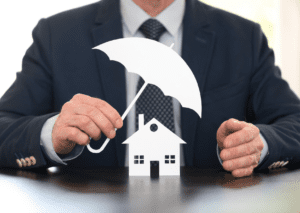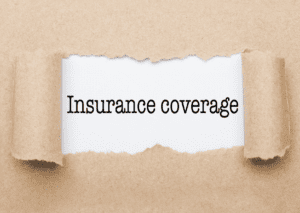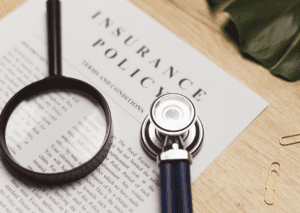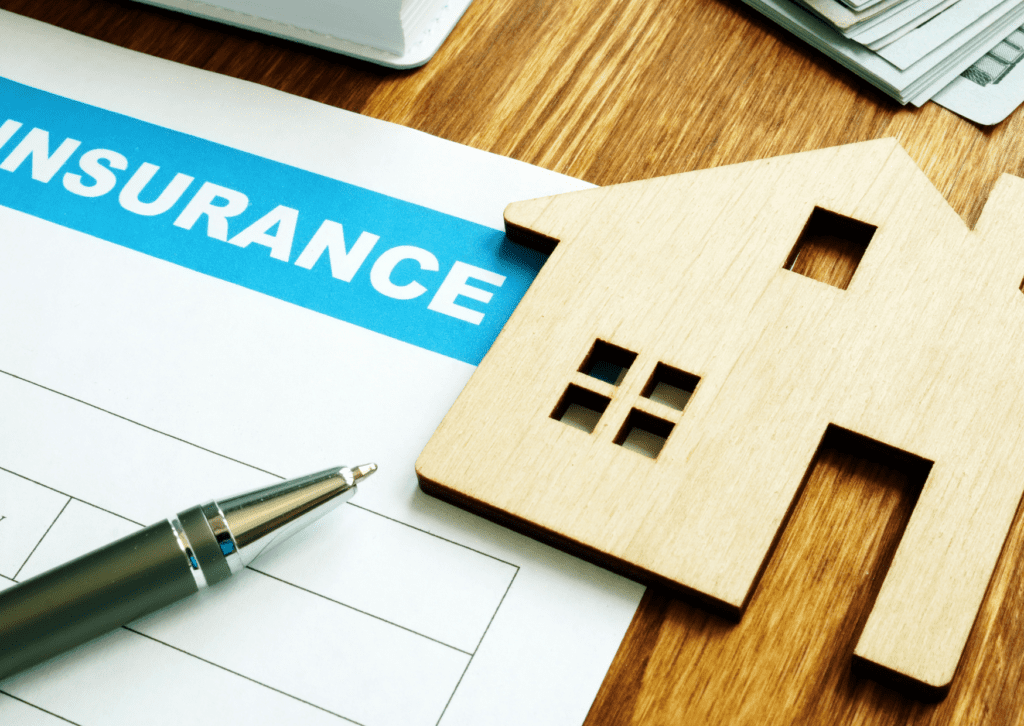Your home is one of your most significant investments, providing shelter, comfort, and a sense of security. Protecting this investment is crucial, and Mountain Plains Agency offers home insurance that plays a vital role in safeguarding it against various risks. In this article, we will explore the essentials of home insurance, why it’s important for homeowners, and how it can protect your property and belongings.
What is Homeowner’s Insurance?

Homeowner’s insurance is a type of property insurance that covers losses and damages to an individual’s house and assets in the home. It also provides liability coverage against accidents that occur in the home or on the property. There are different types of policies, each offering varying levels of protection. The most common types include HO-1, HO-2, HO-3, HO-4 (for renters), HO-5, HO-6 (for condo owners), and HO-7 (for mobile homes).
Why is This Coverage Essential for Homeowners?

This coverage is essential because it protects homeowners from financial ruin due to unexpected events. Without it, you would be responsible for the full cost of repairing or rebuilding your home if it is damaged by fire, natural disasters, or other covered perils. Additionally, it provides liability protection, which can save you from substantial legal costs if someone is injured on your property. Mountain Plains Agency emphasizes the importance of having adequate coverage to mitigate these risks and ensure peace of mind.
What Does a Typical Policy Cover?

Policies typically cover four main areas: dwelling, personal property, liability, and additional living expenses.
- Dwelling Coverage: This covers the structure of your home, including walls, roof, and built-in appliances.
- Personal Property Coverage: This protects your belongings, such as furniture, electronics, and clothing, both inside and outside your home.
- Liability Coverage: This protects you from legal responsibility if someone is injured on your property or if you cause damage to someone else’s property.
- Additional Living Expenses (ALE): This covers the cost of living elsewhere while your home is being repaired or rebuilt after a covered loss.
Examples of incidents covered include fire, theft, vandalism, and certain natural disasters.
How Does It Protect Against Natural Disasters?

Standard home insurance policies cover many natural disasters such as fire, windstorms, hail, and lightning. However, some natural disasters like floods and earthquakes are typically not covered and require additional policies or endorsements. For instance, if you live in a flood-prone area, you should consider purchasing separate flood insurance. Similarly, earthquake insurance is essential if you live in a region susceptible to seismic activity. Mountain Plains Agency can help you assess your risk and recommend appropriate additional coverages.
What Are the Financial Benefits?

This insurance offers several financial benefits that can help you manage unexpected expenses:
- Rebuilding and Repair Costs: If your home is damaged or destroyed by a covered peril, it will cover the costs of repairs or rebuilding.
- Temporary Living Expenses: If your home is uninhabitable due to a covered loss, it will pay for your temporary living expenses, such as hotel bills and restaurant meals.
- Liability Protection: It covers legal fees and medical expenses if someone is injured on your property, protecting you from significant financial loss.
These financial protections ensure that you are not left to bear the full brunt of repair costs or legal liabilities on your own.
How Does Liability Coverage Work?

Liability coverage protects you if someone is injured on your property or if you accidentally cause damage to someone else’s property. It covers medical expenses, legal fees, and any settlements or judgments against you. For example, if a guest slips and falls in your home, liability coverage will pay for their medical treatment and any legal costs if they decide to sue. This coverage is crucial for avoiding financial hardship due to accidents and injuries.
Can It Protect Your Personal Belongings?

Yes, homeowners insurance protects your personal belongings within and outside your home. Personal property coverage includes items such as furniture, electronics, clothing, and jewelry. This coverage typically extends to belongings that are stolen or damaged while you are traveling. There are usually limits on how much the insurance will pay for certain high-value items, but you can purchase additional coverage for items like jewelry, art, and collectibles to ensure they are fully protected.
What Factors Affect the Cost?

Several factors influence the cost of premiums, including:
- Location: Homes in areas prone to natural disasters or high crime rates may have higher premiums.
- Home Value and Replacement Cost: Higher-value homes or those with higher replacement costs typically have higher premiums.
- Deductible Amount: Choosing a higher deductible can lower your premium, but you will pay more out-of-pocket in the event of a claim.
- Coverage Limits: Higher coverage limits generally result in higher premiums.
- Home Security: Installing security systems and smoke detectors can reduce your premium.
Tips for managing and potentially lowering your insurance costs include bundling home and auto insurance, maintaining a good credit score, and reviewing your policy annually to ensure you have the right coverage.
How Do You Choose the Right Policy?

Choosing the right policy involves assessing your specific needs and comparing different providers. Here are some steps to help you select the best policy:
- Assess Your Coverage Needs: Determine the amount of coverage you need for your home, personal property, and liability.
- Compare Policies: Look at different policies and coverage options from various insurers.
- Consider Additional Coverages: Evaluate the need for additional coverages like flood or earthquake insurance based on your location.
- Check the Insurer’s Reputation: Research the insurance company’s financial stability and customer service ratings.
Mountain Plains Agency can guide you through this process, ensuring you find a policy that offers comprehensive protection at a competitive price.
Secure Your Home Investment

Protect your home investment today by reviewing your current policy. Contact Mountain Plains Agency to discuss your specific needs and get a personalized quote. Don’t wait until it’s too late—secure your home with comprehensive coverage.
Homeowners insurance is a crucial investment. It provides comprehensive protection for your dwelling, personal property, and liability, ensuring that your investment is safeguarded against various risks. By choosing the right policy from Mountain Plains Agency, you can enjoy peace of mind knowing that your home and belongings are protected. Remember, securing your home investment with proper coverage is essential—don’t leave your future to chance.
Frequently Asked Questions:
- Q: What are the main areas typically covered by homeowners insurance policies?
A: Policies typically cover four main areas: dwelling (structure of your home, including walls, roof, and built-in appliances), personal property (belongings such as furniture, electronics, and clothing), liability (protection from legal responsibility if someone is injured on your property or if you cause damage to someone else’s property), and additional living expenses (cost of living elsewhere while your home is being repaired or rebuilt after a covered loss).
- Q: How does it protect homeowners from financial losses due to unexpected events?
A: Insurance protects homeowners from financial losses by covering the costs of repairing or rebuilding your home if it is damaged by fire, natural disasters, or other covered perils. It also provides liability protection, which can save you from substantial legal costs if someone is injured on your property. Without insurance, you would be responsible for the full cost of these expenses.
- Q: Does standard coverage include all types of natural disasters?
A: Standard policies cover many natural disasters such as fire, windstorms, hail, and lightning. However, some natural disasters like floods and earthquakes are typically not covered and require additional policies or endorsements. If you live in a flood-prone area or a region susceptible to seismic activity, you should consider purchasing separate flood insurance or earthquake insurance.
- Q: What factors can influence the cost of premiums?
A: Several factors can influence the cost of premiums, including the location of your home (areas prone to natural disasters or high crime rates may have higher premiums), the value of your home and its replacement cost, the amount of your deductible (higher deductibles can lower your premium, but you will pay more out-of-pocket in the event of a claim), coverage limits (higher limits generally result in higher premiums), and home security features (installing security systems and smoke detectors can reduce your premium).
- Q: How can I choose the right policy for my needs?
A: To choose the right policy, you should assess your specific coverage needs (determine the amount of coverage you need for your home, personal property, and liability), compare policies and coverage options from various insurers, consider additional coverages like flood or earthquake insurance based on your location, and check the insurer’s reputation for financial stability and customer service. Working with an experienced agency like Mountain Plains Agency can guide you through this process and help you find a policy that offers comprehensive protection at a competitive price.






